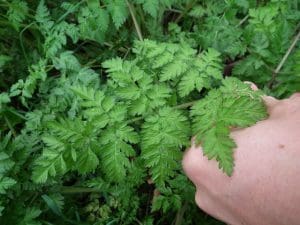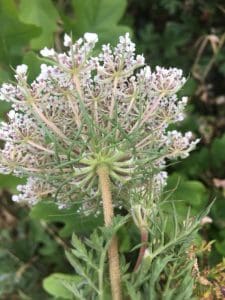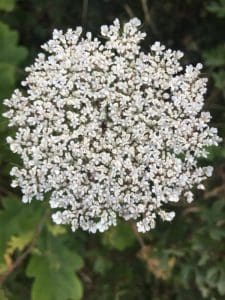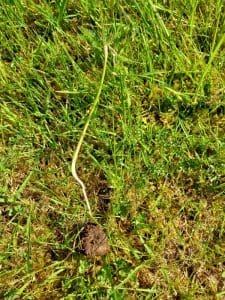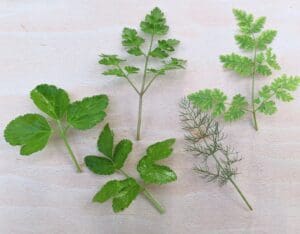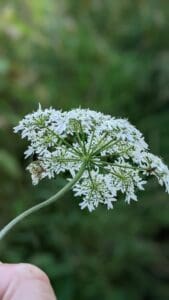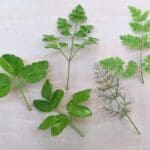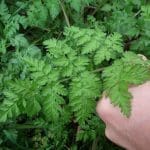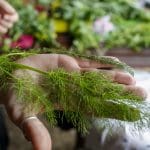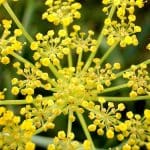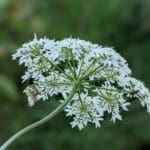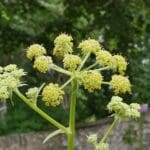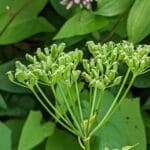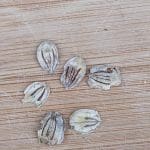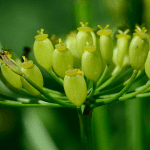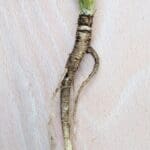Let’s talk about the Secret of the Carrot Family, The Wild carrot or Apiaceae or Umbelliferae family is one that all foragers need to be familiar with. It’s one of the largest families in nature with over 3,700 species world wide and around 100 that can be found in the UK. The family features some lovely edibles such as fennel, parsley and obviously carrots but it also contains some very serious and toxic members for example Hemlock and Hemlock Water Dropwort.
Don’t let this put you off foraging for them as the rewards can be amazing but do take your time getting familiar with them and learn how to distinguish the different species, perhaps starting with the most toxic ones first. Sometimes learning the toxic members of a family is a good route in, if you can identify them you’re going to keep yourself safe.
There are only 5 really toxic, potentially deadly species, two of them don’t resemble any edible species, one is extremely rare but the other two are fairly common, look like edible species, are potentially deadly poisonous and between them are responsible for the majority of death from plants or mushrooms in the UK.
On the other hand at least 34 species are considered fine edibles so the odds are on your side and learning to distinguish different species isnt hard but it does take a lot of attention to detail.
I’d recommend looking at and comparing at least three different parts of any Carrot-family member for example flowers, seeds and leaves so to do this you need to watch the plants develop throughout the year, the variations in growing cycles can be a key feature as some plants have similar leaves and like the same habitats but flower at different times of the year.
How to identify members of the carrot family
These are some of the key features to check when trying to identify members of the carrot family. No native UK umbellifer is toxic to touch, but some non-native species that can be found in the UK, most famously Giant Hogweed can cause photodermatitis (skin inflammation and recurring burns) if the sap gets in contact with your skin, so perhaps gloves would be a good idea.
Leaves
What do the leaves look like? Many members have what’s described as having pinnate leaves (leaf that has leaflets arranged in 2 rows either side of a midrib like a feather.) a key feature to look at is whether these leaflets are further divided, these would be classed as twice pinnate and so on.
Look at the leaves stems too, are they hairy, grooved, do they have any discolouration and so on.
Flowers
One of the names for the Carrot family is the Umbellifers, this is a reference to their distinct flower heads. The flowers of most species form in clusters called umbels, that when turned upside down look like the spokes of an umbrella.
What colour are the flowers? Most will be yellow or white. The are no toxic species in the UK with bright yellow flowers (but one mans cream is another mans white and the colour can change slightly when they are dried)
How many umbels are there and how far apart are they?
How is the flower supported, is the stem or penduncle short, long, grooved, hairy etc.
Are there bracts (a small, leaf-like structure often positioned beneath a flower) underneath the umbel?
What time of year is it, what season, what month again a feature to record.
Seeds
The seeds can sometimes be the clincher, as they can be quite distinctive, look at the shape, size, whether they are grooved, have ribs or hooked burs.
Roots
The roots can be a key feature to look at but remember that uprooting any plant in the UK is an offence without the landowners permission, so they’re not always that accessible. Even if you do have permission to dig them up, you need to very carefully follow the aerial parts down to ground level and then to the roots while keeping everything else intact which can be almost impossible sometimes.
Smell
Most carrot species have distinct aromas, due to the aromatic oils they contain, think of Coriander seeds or parsnips roots. Again this is a useful ID feature, crush the leaves, seeds and roots and make a note of the smell.
Habitat
Some species are quite specific about where they will grow, for example it would be unusual to find Hemlock Water Dropwort more than 20 meters from water, so make a note of where you are and what the conditions are.
Also some species are more common in different parts of the country, for example Sweet Cicely is almost absent from Southern England, whereas in the Peak district where I’m based it is everywhere. Learn which plants are found in your area.
Familiarise yourself with the roots of Hemlock Water Dropwort, these are the most toxic part of the plant and are commonly washed up onto river banks after heavy rains.
Once you get a bit more familiar with the different species, look at their lookalikes and compare all of the traits, with time you’ll get there and be rewarded with some incredible finds.
But remember never eat or taste any members of this family until you are 100% certain of its identity.
Toxic members with edible lookalikes
These are the first two members that I’d recommend learning, these two plants are responsible for the majority of plant poisonings in the UK.
Poison Hemlock
Poison hemlock is a seriously toxic plant and looks most similar to cows’ parsley and wild carrots, the key difference is that poison hemlock has purple blotches on the stem.
We have a nice post here about the key differences between these two plants
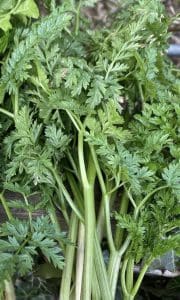
Hemlock Water Dropwort
Hemlock water dropwort is another deadly toxic member of the carrot/umbellifer family, it’s most often found growing on the banks of water edges and looks most similar to wild parsnips.
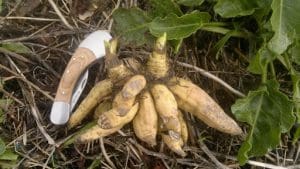
Beginner-friendly edibles members or the Umbelifer Family
Common hogweed
Common Hogweed is one of my absolute favourite wild edibles, the only thing to be wary of when picking it is Giant Hogweed, which is massive/giant and has some clear features that distinguish the two.
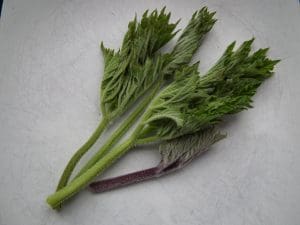
Ground Elder
Ground elder has quite a distinctive leaf shape and grows away from the waters edges where you find Hemlock Water Dropwort, it smells and tastes of carroty celery and if you dig a bit of root it doesn’t have the 5 large finger roots that Hemlock Water Dropwort has.
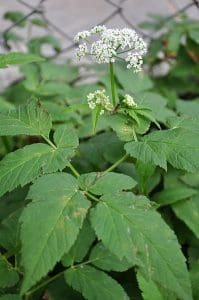
Sweet Cicely
Normally we would advise against picking Sweet Cicely as it looks very similar to Poison Hemlock, however the key feature that makes it suitable to pick as early on your foraging journey is that it smells very strongly of aniseed, which Hemlock doesn’t. With that in mind the only thing you can confuse it with is other edible umbelifers that smell of aniseed.
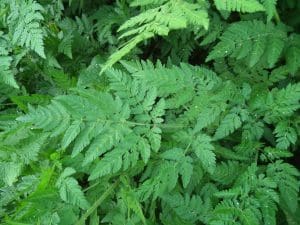
References:
https://gallowaywildfoods.com/know-your-carrots/
https://en.wikipedia.org/wiki/Apiaceae



